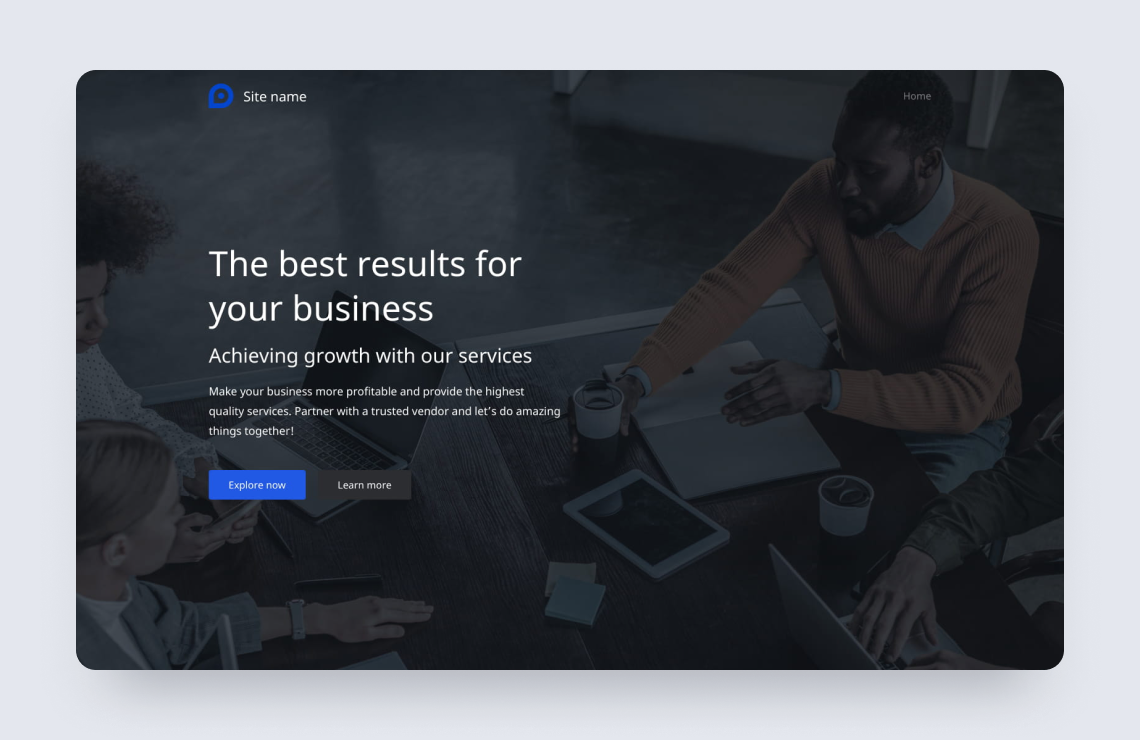China Shines: Insights into Culture and Society
Explore the vibrant narratives and emerging trends from China.
Navigating the Digital Canvas: Graphic Design Tips for Web Wonders
Unlock your design potential with expert tips to elevate your web graphics and create stunning digital experiences!
Essential Graphic Design Principles for a Stunning Website
Creating a stunning website begins with understanding the essential graphic design principles that guide effective visual communication. One of the foundational principles is balance, which refers to the distribution of elements on a page. Achieving balance can be done symmetrically or asymmetrically, ensuring that no part of the design overwhelms another. Alongside balance, contrast plays a vital role in enhancing readability and drawing attention to specific areas, such as call-to-action buttons. Use contrasting colors and font sizes wisely to create a hierarchy that guides visitors through your content.
Another important principle is alignment, which helps organize your layout and creates a cohesive appearance. Proper alignment directs the viewer's eye and improves the overall aesthetics of the site. Additionally, white space or negative space is crucial; it provides breathing room and emphasizes key components of your design. By incorporating these principles—balance, contrast, alignment, and white space—your website will not only be visually appealing but also create an intuitive user experience that encourages visitors to engage with your content.

How to Choose the Right Color Palette for Your Web Design
Choosing the right color palette for your web design is crucial as it sets the mood and tone of your website. Begin by understanding the psychology of colors; different colors evoke different emotions. For instance, blue is often associated with trust and professionalism, while red can evoke excitement or urgency. To get started, create a mood board to gather inspiration and explore various color combinations. You can use online tools like Adobe Color or Coolors to test and visualize your potential palettes.
Once you have a selection of colors, consider the accessibility of your color choices. Ensure that there is enough contrast between text and background colors to make your content easily readable. Additionally, it’s essential to keep your target audience in mind; their preferences may guide your final decisions. As a rule of thumb, aim for a primary color, a secondary color, and an accent color to maintain harmony and balance throughout your web design.
Top 10 Graphic Design Tools Every Web Designer Should Know
In the fast-paced world of web design, having the right tools can significantly enhance your productivity and creativity. Here are the Top 10 Graphic Design Tools every web designer should know:
- Adobe Photoshop - The industry standard for raster graphics, it allows for extensive image manipulation and design capabilities.
- Adobe Illustrator - Perfect for creating vector graphics, logos, and illustrations that can scale without losing quality.
- Sketch - A favorite among web designers for its intuitive interface and focus on UI/UX design.
- Figma - A collaborative interface design tool that enables real-time teamwork, making it easy to share ideas and feedback.
- InVision - Ideal for prototyping, it helps designers create interactive mockups that simulate the user experience.
These tools not only streamline the design process but also allow designers to push their creative boundaries. Continuing with the list:
- Canva - A versatile online graphic design tool that’s great for non-designers and quick social media graphics.
- Affinity Designer - A cost-effective alternative to Adobe products, offering powerful vector design features.
- CorelDRAW - A reliable graphic design software that is particularly strong in print design.
- Adobe XD - Focused on user experience and interface design, it provides tools for wireframing and prototyping.
- Procreate - A fantastic tool for digital illustrations, especially for designers who enjoy drawing on tablets.